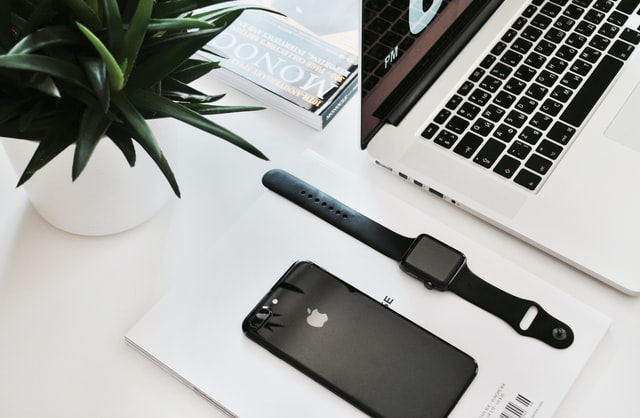The Experience
How familiar are you with this experience?
You finished a long workday, and you are ready to do anything but work. Just as you feel yourself winding down from the day, email notifications start (*BING; IT’S WORK!), text messages follow (*DING; WORK AGAIN!), and then your phone (*RING; MORE WORK!). Before you know it, your headspace is consumed by tomorrow’s tasks. You feel as if you never left work, and your evening of escape is captured by a workday that has not arrived. For those who work from home, you may technically never escape your workplace. The difference between “work from home” and “work is home” becomes blurred. No matter what your office space looks like, a work-life balance has become increasingly difficult.
The Struggle
With advancements in technology, work is carried with us in our pockets. We are constantly connected and accessible. The option to disconnect and be inaccessible may seem far-fetched; however, it is still vital to find a work-life balance. We know that not establishing this balance can take a toll on us. Even for those who enjoy what they do, your professional and personal selves each need their moment to shine. Research has supported that not having a work-life balance can lead to emotional and physical exhaustion, poorer work performance, and a decline in the quality of interpersonal relationships. Maintaining a work-life balance is not a preference; it is a necessity.
Where to Go from Here
Establishing boundaries is often easier said than done, but we all have to start somewhere. Here are some strategies to assist you with setting boundaries between work and personal life:
- Evaluate your current boundary between work and personal life. Ask yourself, “When I finish work for the day, am I mentally and emotionally separated from work?” If you answered yes, ask yourself, “What steps do I take to create this separation?” If the answer was no, “How can I create more mental and emotional separation moving forward?” Self-awareness is the first step to establishing a need for more boundaries and being intentional with your current boundaries.
- Take time to decompress to create mental and emotional separation. Establish a routine that will allow you to unwind from the day. Listen to a podcast, music, or audiobook. You could engage in prayer/meditation. Call someone to vent the frustration of a long day but try to let go of the frustration through the conversation. Engage in renewal activities to maximize your well-being. Need help with identifying renewal strategies? Check out Ethos’ articles on self care: https://ethosleadership.com/leadership-content/category/self-care/
- If and when you work from home, have your work and living spaces separated to create a physical boundary between work and home. Your workspace should not be the place you relax (e.g., living room, bedroom, etc.). If you cannot separate these spaces, slightly rearrange the setup of the room before you work. After the workday, arrange the room back to normal.
- Leave work at work! In this day and age, we do not only need to clock out of work, but we need to log out as well. When you have finished your workday, turn off email notifications sent to your phone, log out of applications you use for work, and work calls/texts should be answered the next business day. Create physical separation between you and your phone. Be intentional about creating a temporary break from your phone to go on a walk, eat dinner, spend time with friends and family, or enjoy your favorite recreational activity.
- Use your PTO! You have worked hard for your time off, so take it. Have an automatic reply email setup informing coworkers you are out of the office, telling them you will not be answering work-related emails, texts, and phone calls. Direct them to a coworker who is a point of contact in your absence, so they do not keep attempting to contact you. This will allow you to maximize the physical boundary between you and work. Naturally, this physical boundary will make it easier for you to disconnect mentally and emotionally during your time off.
- Be flexible and experiment. Setting a boundary between work and life can take time to get used to. You may need to adapt strategies and experiment with different approaches to know what works best for you.
Final Thought: What boundaries do you need to establish to experience greater work-life balance? Remember, maintaining a work-life balance that works for you and your loved ones is not a preference; it is a necessity.


















